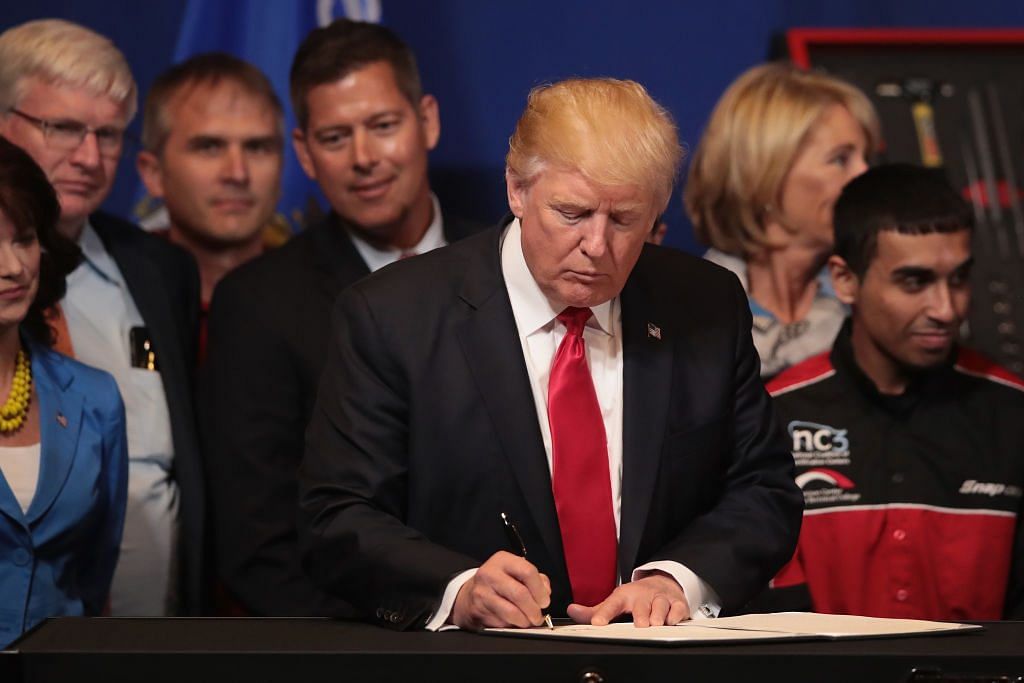ThePrint asks:
Can Trump’s war on H-1B benefit India’s IT industry?
There are a lot of changes that are being made or proposed with reference to the H-1B visa norms. First and foremost, this is something that is not an official pronouncement. It isn’t a policy by the US government. It is a media story on the possible denial of H-1B extensions and green cards.
Having said that, on a broader level, decisions should be taken within a six-year period for people who stay back for that long and are waiting for a green card. It is not right to penalise workers who contribute to the US economy.
The rationale behind the non-immigrant VISA in the area of science, technology, engineering and mathematics, attempts to bridge this critical skills gap which is recognised as the ‘STEM skill shortage’ in the US. This is why companies use H-1B VISA to bridge the critical skills gap, and alternatively companies may decide to sponsor them for green cards. Every reputable data source indicates a large gap between the supply and demand for computer science workers in the US workforce. For example, in 2016, 13 STEM jobs were posted online for each unemployed worker in that category — or roughly 3 million more jobs than the number of available, trained professionals who could potentially fill them.
NASSCOM member companies support efforts to produce more skilled US workers, and we directly sponsor a variety of US education, training, wellness, local hiring, and community development programmes that benefit thousands of US citizens.
These media reports come in the context of other efforts to impose more onerous restrictions on the H-B visa programme, both within the Trump administration and Congress. We believe these efforts are driven by myths and emotions, not facts and logic. Given the critical importance of two-way trade and investment in IT services between our nations, NASSCOM is working to distinguish between myths and facts about this programme, in the hope that further dialogue will lead to more constructive reforms.
Denying consideration of extensions past the first six years for H1-B visa holders with pending green card petitions makes no sense. It would inflict harm on the US businesses, individuals and families involved. But it does nothing to reduce the STEM shortage, which is the crux of the problem.
The US government has long recognised the important role these individuals play in America. Forcing them to leave because the government cannot adjudicate their green card petitions in a timely fashion makes no sense. There are a number of changes underway in the United States. There is a tightening of immigration standards, changes to pre-registrations; H1-B granted on wage level and skills among others.
However, these people are globally scarce as a resource. They are highly sought-after specialists who add great value to wherever they work.
It is important to emphasise that these changes are under consideration, and won’t come into effect, if at all, till the latter half of 2018.
It is best to not jump the gun. The people working on H-1B have made the American economy more competitive. We will have to wait and see how the government finally rules on the issue.
Shivendra Singh is the Vice-President & Head of Global Trade Development at NASSCOM
